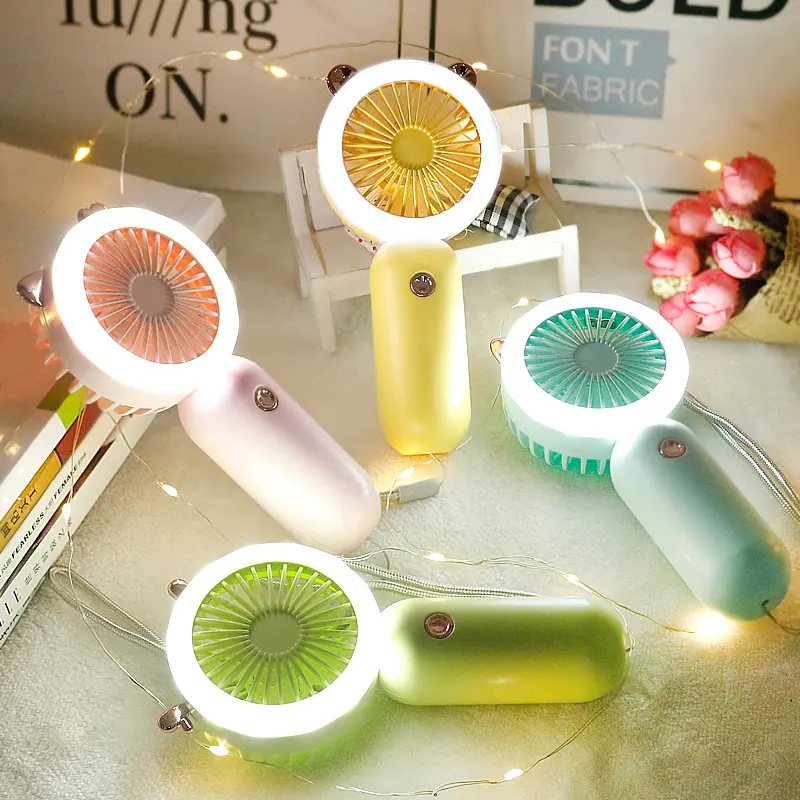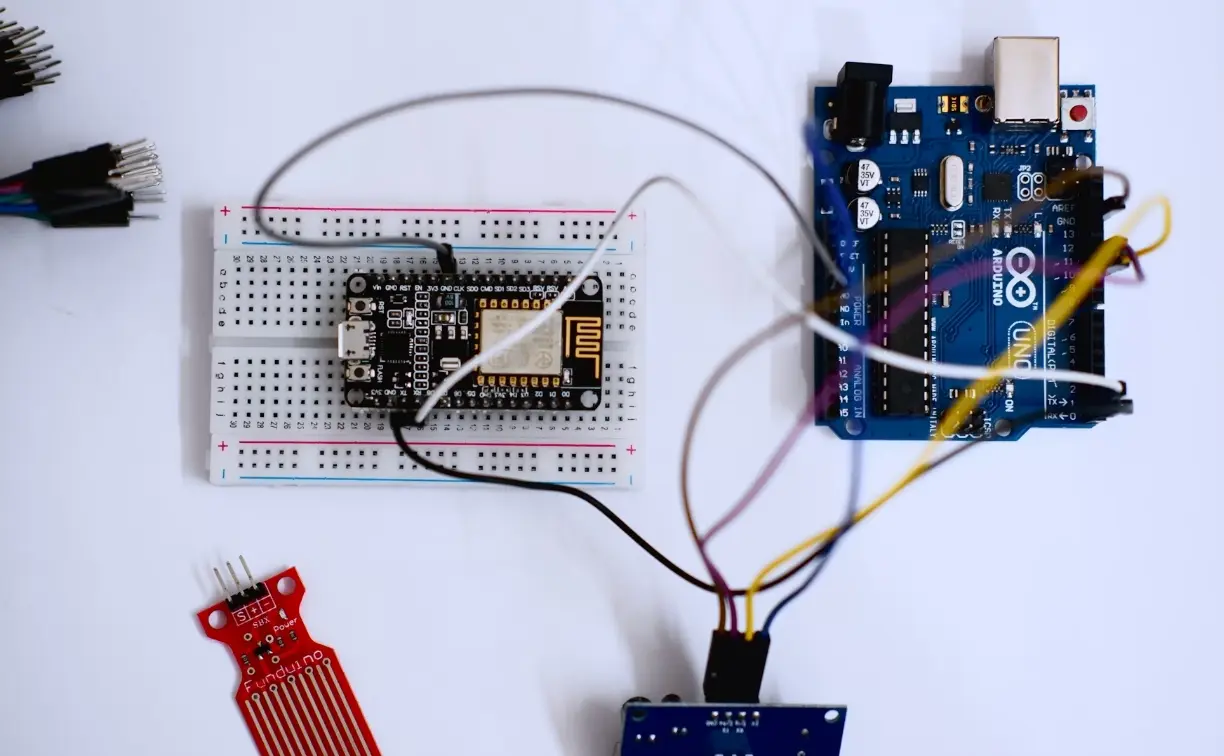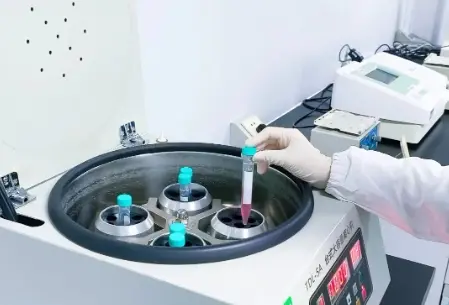
What is CE-RED certification?
CE-RED certification details
1. Introduction to CE RED Certification
RED is the abbreviation of Radio Equipment Directive, which is a directive for the compliance of wireless products. Before wireless products can be legally sold in EU countries, they need to be tested and approved according to the RED directive, and also need to have a CE-mark. Wireless products need to comply with the requirements of RED 2014/53/EU.
2. CE RED Certification Mark

3. CE RED Product Range
1. Short-range wireless remote control products (SRD), such as remote control toy cars, remote alarm systems, remote doorbells, remote switches, remote mouse, keyboards, etc.;
2. Professional radio remote control products (PMR), such as professional wireless intercoms, wireless microphones, etc.;
3. Wireless phones CTO, CT1;
4. ISDN (digital phone products);
5. DECT (enhanced digital wireless phone);
6. Mobile phone GSM, CDMA testing;
7. Bluetooth products, such as Bluetooth headsets;
8. Inductive data transmission equipment with an operating frequency of <9 kHz;
9. Wireless broadcast receiver equipment.
4. Sample requirements
1. Two RF fixed-frequency prototypes and one ordinary prototype
2. Fixed-frequency prototypes are for multi-channel working products. If it is a single-channel prototype, please provide a continuous transmission prototype and a continuous reception prototype.
5. CE RED Certification Standards
product | Wireless Standards |
Wireless Products | FIND EN 300 220 FIND EN 300 330 FIND EN 300 440 FIND EN 300 328 FIND EN 301 357 FIND EN 301 511 FIND EN 301 489 FIND EN 301 893 FIND EN 303 417 FIND EN 301 893-1/-2/-13 |
6. CE RED Test items
1. Electromagnetic compatibility test (EMC test);
2. Safety test LVD (the new directive also requires this test for RF products with battery input);
3. Radio communication equipment test (RF test) according to European ETSI standards;
4. Information notification on permitted spectrum in Europe (Notification);
5. CTR;
6. Electrical safety and health protection test (SAR assessment).
7. Required Information
1. Circuit description (in English);
2. Block diagram (all crystals and crystal frequencies need to be drawn and consistent with the circuit diagram);
3. User manual;
4. Circuit diagram (needs to be consistent with the crystal frequency, number of crystals and crystal positions in the block diagram)
5. Label;
6. Technical parameters of the wireless module (frequency range, number of channels, maximum transmit power, antenna gain, modulation mode, etc.)
8. Certification Process
1. Application ((1)Fill in the application form, (2)Provide information and send samples);
2. Quotation (Based on the information you provide, engineers will formulate the corresponding standards, test time and corresponding fees);
3. Payment (After the applicant confirms the quotation, he/she signs the application form and service agreement and pays the fee);
4. Testing (The laboratory conducts a full set of tests on the applied product according to the relevant EU testing standards);
5. The test passes and the report is completed;
6. The project is completed and the CE certificate is issued (If applying for NB, you need to submit the information and report to the NB organization. After the organization reviews and approves it, the NB certificate will be issued).
IX. Certification cycle and validity period
Cycle: about 3 weeks. In special cases such as abnormal test, incomplete sample provision, etc., the corresponding time needs to be increased according to the actual situation.
Validity period: depends on whether the standard is expired. If the standard is expired, the certificate will also expire accordingly and need to be re-certified.
10. Factory Inspection
No factory inspection required
11. Notes
1. The RED directive stipulates that wireless products must meet health, EMC, Radio, and LVD requirements, among which LVD must be met regardless of the product power supply method.
2. When using non-harmonized Radio standards, it is mandatory to apply for NB. When using coordinated standards, you can choose whether to apply for NB, which depends on the specific needs of the customer.
3. The RED directive also belongs to the declaration of conformity, which has the same requirements as other directives.
EU CE/RED certification |
| ·Test content: Wireless |
Email:hello@jjrlab.com
Write your message here and send it to us
 FCC Certification Fees for Handheld Fans
FCC Certification Fees for Handheld Fans
 FCC Certification Testing for Smart Lighting Produ
FCC Certification Testing for Smart Lighting Produ
 What is the ETSI EN 303 645 Testing Standard?
What is the ETSI EN 303 645 Testing Standard?
 UL Compliance and ETL Certification for LED Lighti
UL Compliance and ETL Certification for LED Lighti
 What is the IEC 60598 Standard?
What is the IEC 60598 Standard?
 What is the Canada IC Logo?
What is the Canada IC Logo?
 EMC Pre Compliance Testing
EMC Pre Compliance Testing
 PAHs Testing (Food and Textile)
PAHs Testing (Food and Textile)
Leave us a message
24-hour online customer service at any time to respond, so that you worry!




